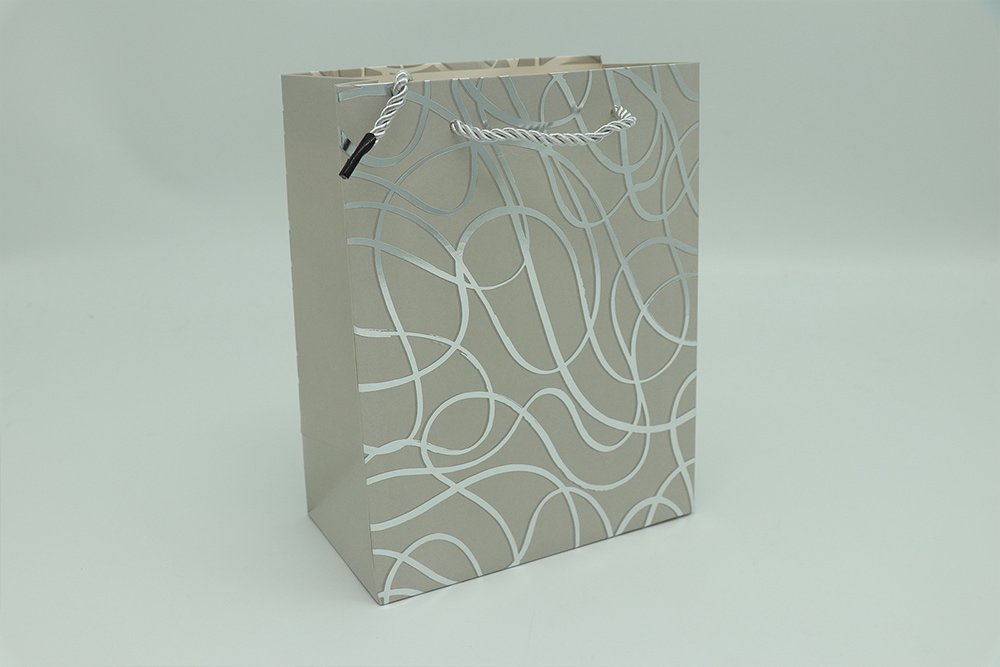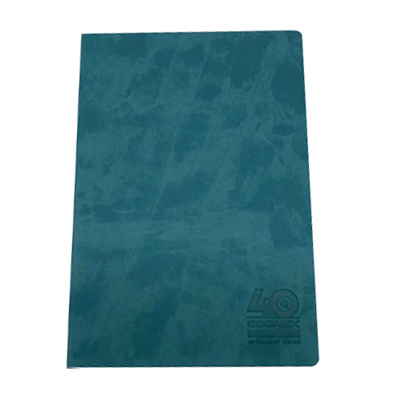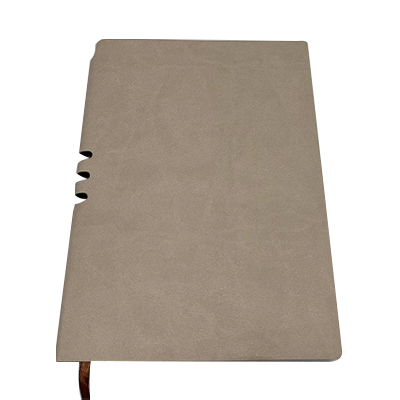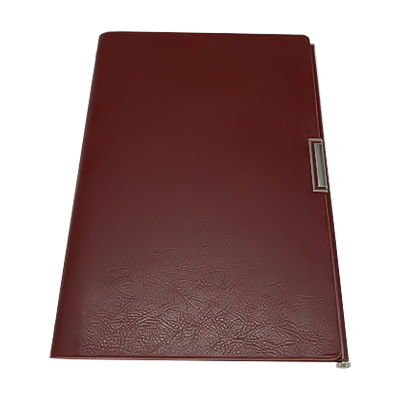In modern society, gift bags have become an essential part of packaging and are widely used in various situations such as holidays, birthdays, weddings, and shopping. With growing environmental awareness, more and more people are paying attention to the sustainability of packaging. So, which is better: paper gift bags or plastic gift bags? Which one is more environmentally friendly and practical?

1. Environmental Perspective
Environmental impact is a key factor that consumers and businesses are increasingly concerned about. With the rising problem of plastic pollution, many companies and governments are implementing policies to reduce plastic usage, and paper gift bags, as a more eco-friendly alternative, are gaining popularity. We will compare the degradability, recyclability, and production impacts of paper and plastic gift bags in this section.
1.1 Environmental Impact of Paper Gift Bags
Degradability: Paper gift bags are typically made from biodegradable paper materials. These paper bags break down much faster in nature compared to plastic bags. It takes about 3 to 6 months for paper bags to degrade, whereas plastic bags can take hundreds of years. This rapid degradation reduces the long-term environmental impact of paper bags.
Recyclability: Paper gift bags also have a high recycling potential. Many places have established efficient recycling systems for paper, which can be repurposed into other paper products or everyday items. Unlike plastic bags, paper bags, when recycled, do not generate harmful secondary pollution.
Production Impact: While paper bags do require resources, particularly wood, many manufacturers now use paper sourced from sustainably managed forests, which ensures that the production process does not excessively deplete environmental resources. Additionally, with advancements in technology, the production process for paper bags has become more environmentally friendly, generating less waste and pollution.
1.2 Environmental Impact of Plastic Gift Bags
Non-Degradability: Plastic gift bags are made from petroleum-based chemicals and the biggest downside is their non-degradability. Plastic bags take an extremely long time to break down in nature, sometimes requiring hundreds of years. During the degradation process, plastic bags release toxic substances that can severely harm water, soil, and ecosystems.
Low Recyclability: While plastic bags are technically recyclable, their recycling rate is generally low. Many regions lack comprehensive recycling systems, and a large portion of plastic bags ends up in landfills or becomes marine litter, which greatly burdens the environment. Even when plastic bags are recycled, they are often converted into lower-value plastic products, rather than being reused to create higher-value items.
Production Process Impact: The production of plastic bags consumes large amounts of petroleum and requires high energy input, leading to significant carbon emissions. Therefore, the environmental footprint of plastic bags is far greater than that of paper bags, and their production process is a major contributor to environmental degradation.
| Feature | Paper Gift Bags | Plastic Gift Bags |
|---|---|---|
| Degradability | Strong, degrades in 3-6 months | Weak, can take hundreds of years to degrade |
| Recyclability | High, easy to recycle | Low, recycling rate is poor |
| Production Impact | Sustainable forest paper | High energy consumption, petroleum-dependent |
2. Practicality Comparison
When evaluating the practicality of packaging materials, we need to consider several factors such as durability, load-bearing capacity, appearance, and customization options. Both paper and plastic gift bags have their strengths in these areas. Below, we will compare these aspects in detail.
2.1 Practicality of Paper Gift Bags
Appearance and Texture: Paper gift bags generally give a high-end, sophisticated impression. They are perfect for packaging premium gifts or for use in formal settings. The surface of paper bags can be treated with various techniques such as embossing, hot stamping, and printing, making them more attractive and enhancing the consumer experience.
Load-Bearing Capacity: Compared to plastic bags, paper gift bags have a lower load-bearing capacity. They are more prone to tearing, especially in wet conditions. To address this, many manufacturers reinforce the bottom or use thicker paper, but overall, paper bags are not as durable as plastic bags.
Customizability: Paper gift bags offer a higher degree of flexibility in design and printing. Brands can easily customize paper bags with different sizes, colors, and shapes to suit their needs. This makes paper bags an excellent choice for branding and marketing purposes.
2.2 Practicality of Plastic Gift Bags
Durability: The main advantage of plastic gift bags is their durability. Whether it’s rainy or humid, plastic bags retain their shape and protect the items inside from moisture. Plastic bags also resist significant wear and tear, making them ideal for everyday shopping or when heavy-duty packaging is required.
Load-Bearing Capacity: Plastic gift bags excel in load-bearing capacity. They can easily hold heavy items without tearing, especially thicker plastic bags, which makes them ideal for carrying bulky goods or multiple items at once.
Appearance and Variety: While plastic bags may have a more utilitarian look, they can be decorated through printing, coloring, and other methods to enhance their visual appeal. They are often less expensive, making them an excellent option for bulk packaging or promotional events. Additionally, the transparency of plastic bags allows the contents to be easily visible, which can be a benefit for certain products.
3. Price and Sustainability
Price and sustainability are crucial factors when choosing packaging materials. Although paper gift bags are usually more expensive than plastic bags, their long-term environmental benefits and enhancement of brand image make them worth the investment.
3.1 Paper Gift Bags: Cost and Long-Term Benefits
The production cost of paper gift bags is relatively high, especially for high-quality paper and intricate designs. Therefore, the price of paper gift bags is generally higher than that of plastic bags. For small businesses with limited budgets, paper bags may not be the first choice. However, in the long run, using paper bags can improve brand image, particularly as modern consumers increasingly value sustainability. Brands that prioritize eco-friendly packaging are more likely to earn consumer trust and loyalty.
3.2 Plastic Gift Bags: Cost and Short-Term Benefits
Plastic gift bags are cheaper to produce and can be mass-produced quickly. This makes them a practical choice for bulk purchases or promotional events. However, in the long term, plastic bags pose significant environmental challenges, and as policies restricting plastic usage become more prevalent, the demand for plastic bags may decline.

 English
English Deutsch
Deutsch Français
Français Español
Español русский
русский عربى
عربى





